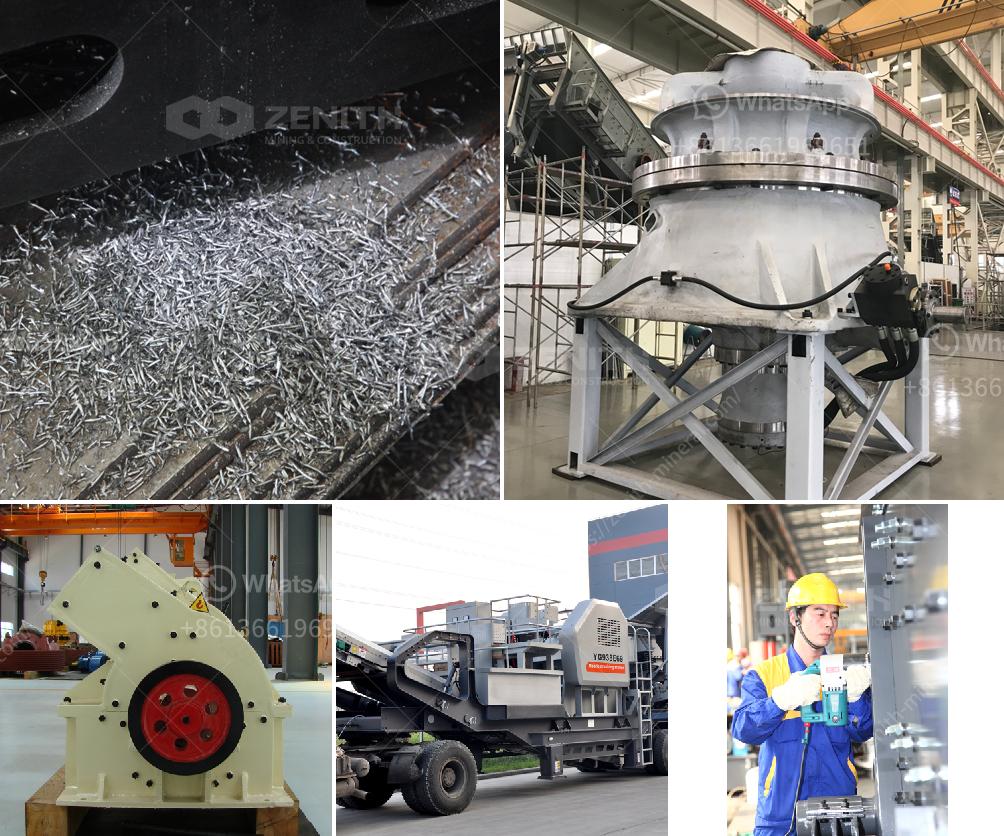A 100tph silica sand processing and washing plant involves several stages including the following:
1. Feeding System:
- Hopper: Raw silica sand is fed into the plant via a hopper.
- Vibrating Feeder: This ensures consistent feeding to the next stage.
2. Screening:
- Vibrating Screen: The sand is screened to remove large particles and contaminants.
3. Scrubbing:
- Attrition Scrubber: This stage is crucial for cleaning the sand grains by scrubbing in a high-speed rotating machine.
4. Desliming:
- Hydrocyclone: Removes clays and other fine impurities from the sand.
5. Washing:
- Spiral Classifier/ Screw Classifier: Washes the sand to ensure all impurities are removed.
6. Gravity Separation:
- Hydrocyclone or Spiral Concentrator: Separates lighter materials from silica quartz based on specific gravity differences.
7. Magnetic Separation:
- Magnetic Separator: Removes any magnetic impurities left in the sand.
8. Dewatering:
- Dewatering Screen: Drains excess water from the washed sand to improve its dryness.
9. Drying (Optional):
- Rotary Dryer: This step, if required, ensures the sand is completely dry.
10. Storage and Packaging:
- Storage Silos: For storing the processed silica sand.
- Packaging System: For bagging and shipping.
Each of these stages requires various equipment, which must be properly aligned to handle a throughput of 100 tons per hour (tph). The output is high-purity, clean silica sand ready for use in various applications, such as glass manufacturing, foundries, construction, and more.
Considerations:
- Water Usage: Ensure sustainable water use by recycling the water used in washing and desliming stages.
- Energy Consumption: Opt for energy-efficient machinery to reduce operational costs.
- Maintenance: Regular maintenance is crucial for uninterrupted processing.
Example Layout Plan:
- Feeding System
- Screening Unit
- Scrubbing Section
- Cyclone Desliming Unit
- Washing Line
- Gravity Separation Unit
- Magnetic Separation
- Dewatering Screens
- Optional Drying
- Storage and Packaging
For a detailed design and custom setup, consulting with equipment manufacturers and process engineers is advisable.

